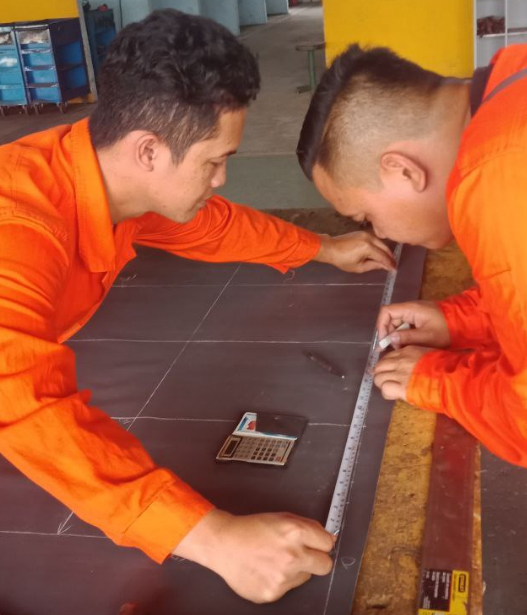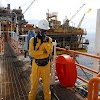Pressure test. (part 3)
· Menyediakan pelan kecemasan yang menerangkan tindakan yang perlu diambil sekiranya ruang/seksyen ujian atau peralatan ujian mengalami kebocoran atau pecah. Rancangan kecemasan hendaklah termasuk, tetapi tidak terhad kepada perkara berikut:
- bagaimana untuk berurusan dengan limpahan air dan kerosakan lain
- nombor telefon krew yang berkaitan
- nombor telefon polis, perubatan dan lain-lain agensi kecemasan.
- nombor telefon Pihak Berkuasa Tempatan yang mengawal bilik operasi kecemasan.
- senarai peralatan dan mesin yang ada dan di perlukan
- senarai krew serta jadual bertugas
- senarai kemudahan perubatan dan rawatan kecemasan
· Semasa ujian mengambil sedang berjalan, rondaan hendaklah dilakukan untuk memantau sebarang kemungkinan bahaya.
· Sekiranya perlu, bina dinding pelinding sementara menggunakan guni berpasir atau blok simen.
· Senarai bahan kimia yang diguna pakai lengkap dengan syor daripada pembekal berkaitan kaedah penstoran, pelupusan dan kaedah rawatan jika terdedah kepada manusia.
· Senarai pelindung keselamatan (PPE) yang sesuai digunakan atau apa-apa pelindung keselamatan tambahan.
· Menyediakan safety shower dan eye bath di lokasi yang bersesuian sebagai langkah berjaga-jaga jika berlaku pendedahan kepada bahan kimia.
SITE HSE INSPECTION CHECKLIST
HYDROTESTING
| |
LOCATION:
|
DATE:
|
Item
|
Yes
|
No
|
N/A
|
Comment
|
Are Method Statement/TRA available on site?
| ||||
Is Work Permit available?
| ||||
Is pressure testing carried out using water, as the testing medium (water is the least dangerous method)?
| ||||
Where pressure testing is proposed using gas, steam or air as the pressurizing medium (pneumatic testing), has COMPANY approval been obtained?
| ||||
Is test equipment in sound condition, properly fitted and of the correct pressure rating for the job?
| ||||
Are safety valves of adequate size and properly set, installed in the test supply line to prevent the test pressure from being exceeded?
| ||||
Are calibrated pressure gauges fitted to equipment under test?
| ||||
Are attachments unable to withstand the test pressure removed or isolated?
| ||||
Are controls/gauges at a safe distance from the equipment to be tested and gauges clearly visible to the operator controlling the pressure?
| ||||
Is the area cordoned off to prevent unauthorised entry, and warning signs posted?
| ||||
Are look-out personnel posted to patrol the area?
| ||||
Prior to pressuring, has the equipment to be tested thoroughly examined e.g. for isolation, drains closed, vents open/shut as required etc?
| ||||
Are suitable vents and drains fitted to the system under test?
| ||||
Are all personnel at a safe distance while system is under pressure?
| ||||
Are low water temperatures avoided during testing (to prevent brittle fractures or freezing)?
| ||||
Are appropriate measures in place to safely depressure the system after testing?
| ||||
Has provision been made for all safety devices isolated during the test to be returned to their normal operating state after testing?
| ||||
Are appropriate procedures in place for treatment and disposal of hydrotest water?
|
Name
|
Signature
|
Date
|
Site Supervisor:
| ||
Safety Officer:
|
1.1. Peralatan Hydrotest (Equipment)
· Pam Air (Water Pump) atau Pemampat Udara (Air Compressor)
*Bersambung







0 Ulasan